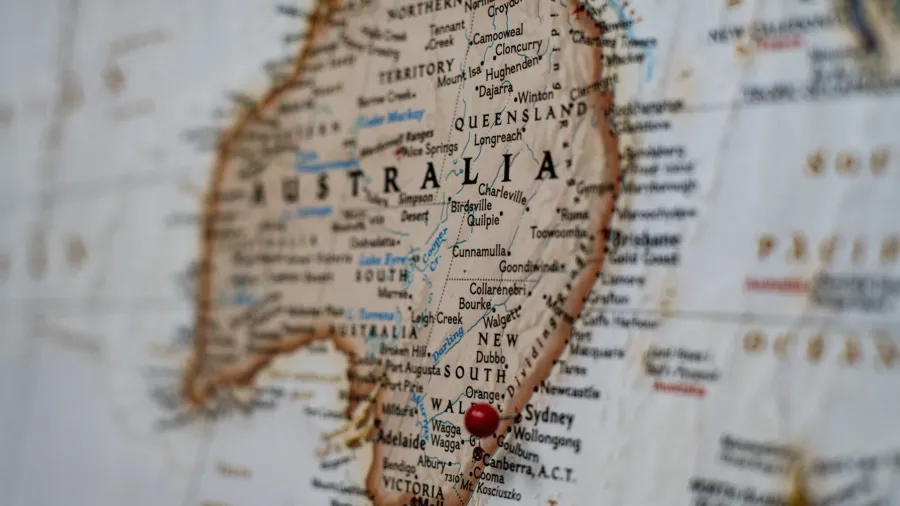
Australia’s annual weather-related insurance costs more than double
Insured losses increased to 0.7% of the GDP.
The economic impact of extreme weather events in Australia has more than tripled over the past 30 years. Insured losses from declared catastrophes have increased from 0.2% of GDP between 1995 and 2000 to 0.7% in the last five years, indicating a significant rise in the share of economic resources consumed by extreme weather, Insurance Council of Australia (ICA) data showed.
In monetary terms, insurers have paid an average of A$2.1b ($1.41b) annually for extreme weather claims over the past three decades. However, in the last five years, this figure has more than doubled to A$4.5b ($3.02b) per year, primarily due to rising flood costs.
Despite total premiums collected by insurers increasing from A$50b ($33.50b) in 2012 to $86b (A$128.36b) in 2023, insurer profits have remained flat.
For the 2023 to 2024 period, insurers reported A$2.19b ($1.47b) in claims from extreme weather, matching the previous year's figure.
Yet, the number of claims rose significantly to nearly 157,000, an increase of 66,000 from the prior period. This surge reflects a broader impact of recent weather events, despite a decrease in the average claim amount.
The costliest event in the past year was the Christmas storms, which affected the Gold Coast hinterland and parts of New South Wales and Victoria, resulting in A$1.33b ($0.89b) in claims.
The most impactful event on individual customers was ex-TC Jasper, which struck Far North Queensland in mid-December, with an average claim of A$36,000 ($24,120)—nearly three times the average for the Christmas storms.
($1.00 = A$1.48)



















 Advertise
Advertise








